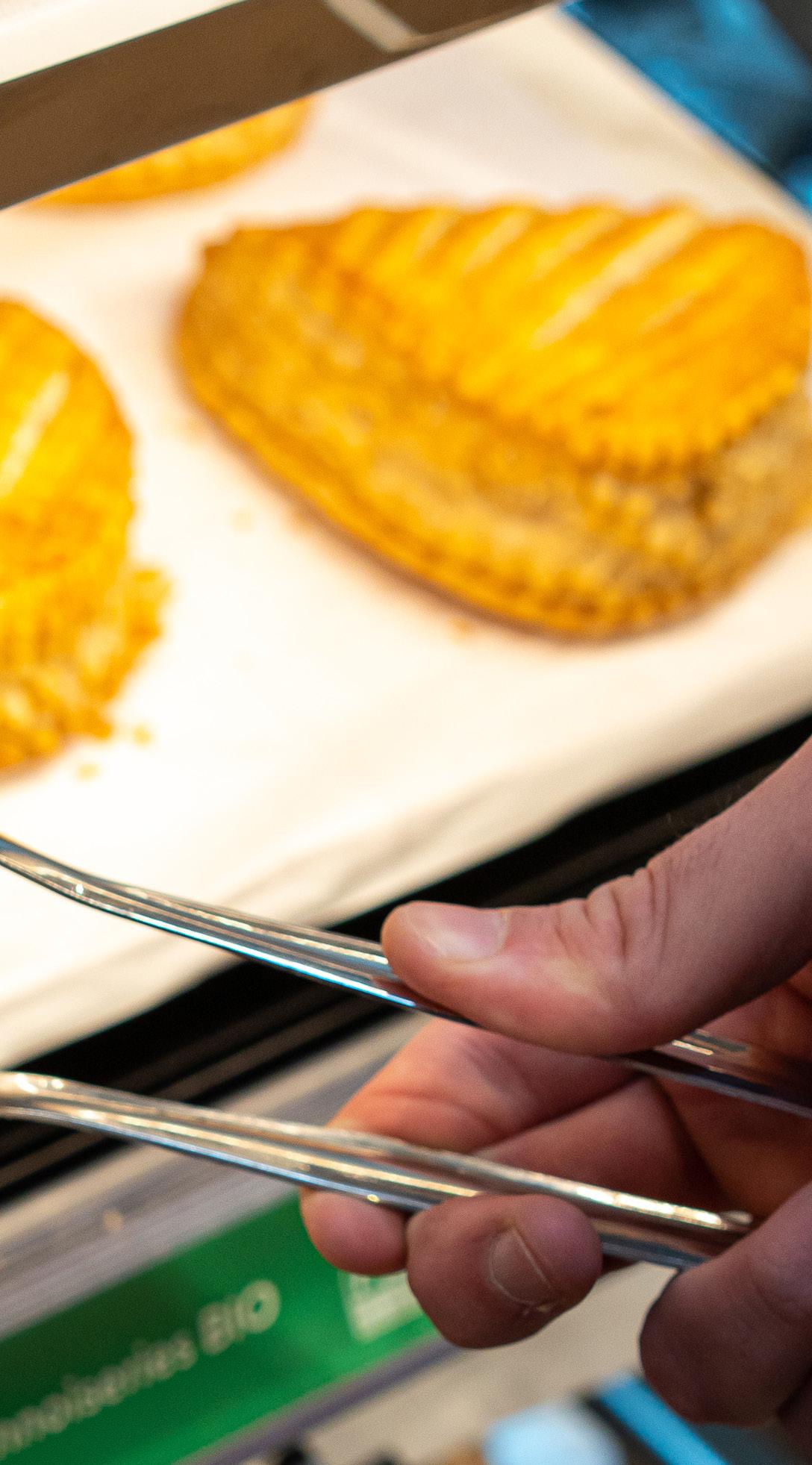Assortment Optimisation & Automatic Replenishment







Arthur Caron, Supply Chain Director at Franprix, shares his company’s exciting vision for the future.






Arthur Caron has been at the company for around six years, and is responsible for both the upstream and downstream parts of Franprix’s supply chain. He explains, “My team and I deal with the products from suppliers coming into our warehouses, making sure
we have the right inventory and stock available for the stores to order. On the other side, we drive the order process from the stores to the warehouse, supporting them with their orders, whether that is through automatic solutions or manual processes, so they are able to sell all the products that they need to sell.”
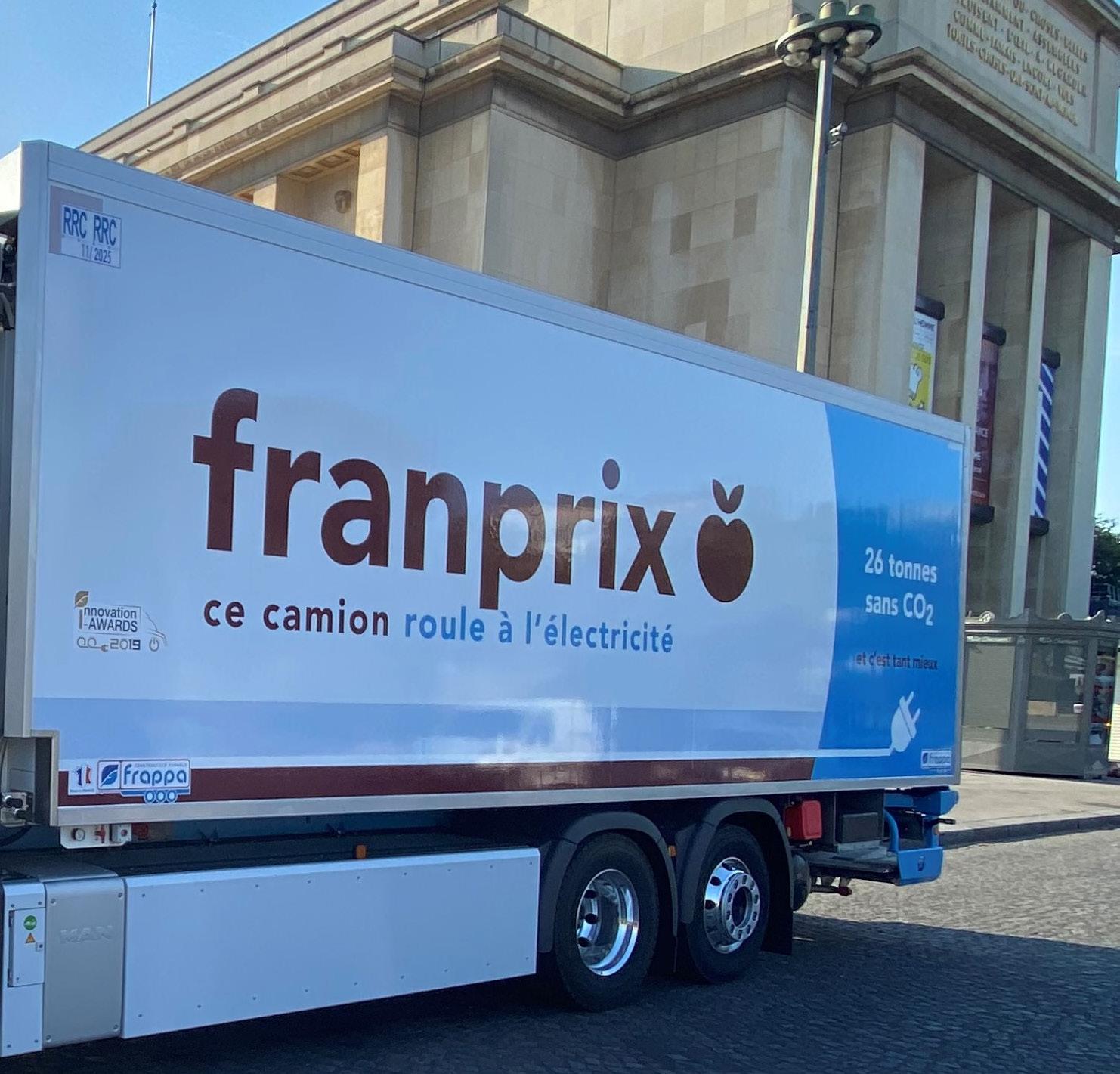
With four warehouses to its name, Franprix’s supply chain strategy is based on simplicity, but there are a number of challenges in delivering to central Paris each day. Arthur continues, “Most of our stores are in the same region within Paris, but we are talking about replenishing

small convenience stores in a densely urban area. When it comes to our strategy, we need to deliver almost on a daily basis because the convenience stores are roughly between 150 and 600 square metres in size, so there is no room for local storage. It is about frequent deliveries of small quantities, so the supply chain strategy has to be extremely intricate and precise. You cannot afford to make mistakes regarding delivering the right products to the right stores on time. You need to have an agile supply
chain to do that, and this is where Franprix excels.”
Franprix’s warehouses are situated close to Paris, where most of its convenience stores are located, which enables it to make daily deliveries. Once an order from a store has been received, fresh and ultrafresh products can be delivered within 24 hours (sometimes 12 hours), and dry products can be shipped within
“One of our strengths is our ability to deliver in a dense area whilst avoiding traffic jams; for 10 years we have been using a barge to transport goods down the Seine from our warehouse just outside of Paris”
36 hours. Arthur enthuses, “One of our strengths is our ability to deliver very quickly, compared to our competitors. Part of our urbanisation strategy was to find the right path through cities to efficiently navigate dense traffic, working closely with local authorities. Being first to do so in Europe, we have been using a barge for 10 years to transport goods down the Seine from our warehouse just outside Paris. The containers are offloaded in front
of the Eiffel Tower onto small delivery trucks at around 5am each morning to deliver to more than 300 Parisian stores.”

The customer experience is front and centre of Franprix’s supply chain strategy. Arthur says, “With convenience stores, people tend to purchase small items here and there on a daily basis. At Franprix, the average basket is around 12 euros, and there is
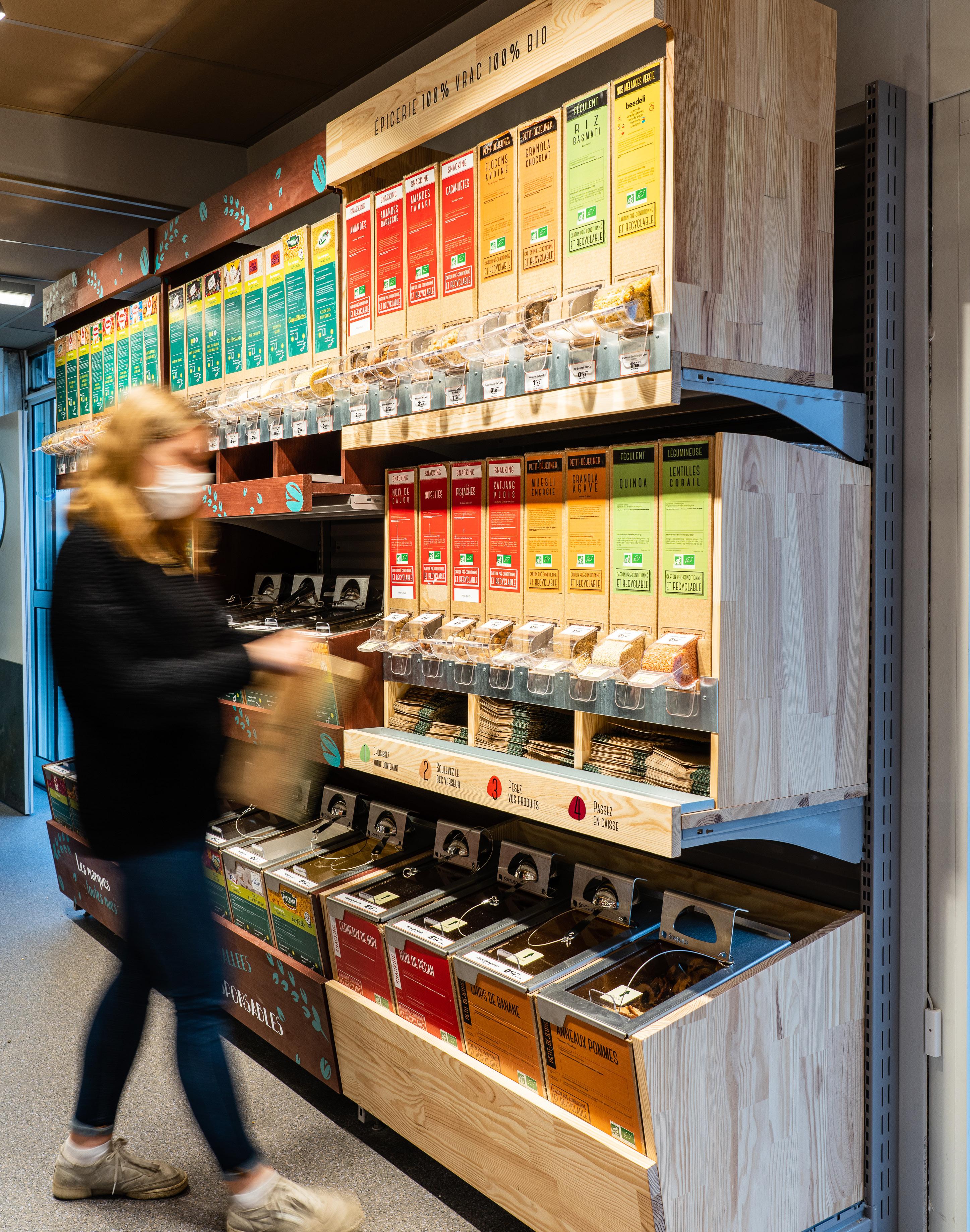
a store every 300 metres within Paris. From a supply chain perspective, we aim to supply everything people will need at a given time. We have to offer a wide assortment within small stores, which is not easy, so we must replenish stores with exactly the right SKUs that the customers need whilst ensuring that we are not providing products that do not meet their requirements. For the optimisation of our assortment, it is important to be precise on what we are fulfilling to the stores.”
With more than 10,000 SKUs in its warehouses, Franprix is confident that it can make the right selection for each store. Arthur adds, “Based on a centralised recommendation, each store tends to have its own assortment, so we have to be sure that we don’t just replenish the right amounts, but that we select the right assortment for the right store based on its customer base. We adapt
the assortment by analysing the customer purchases and behaviour in a particular neighbourhood.”
“For the next four years at least, our strategy will be growth-focused. We feel that tomorrow will be centred around convenience stores and online retail, so we are planning to open more convenience stores (250 stores per year), doubling the size of Franprix within the next five years. We would also like to address other regions, expanding to the suburbs around 30 kilometres from Paris and across the Rhone corridor. We believe there is room for convenience stores in this area, as well as the big French cities such as Lyons, Marseille and Bordeaux.”
The challenge that Arthur faces is that all of Franprix’s warehouses are based around Paris. He explains, “Any
“For the next four years at least, our strategy will be growth-focused. We feel that tomorrow will be centred around convenience stores and online retail”
new store outside the Paris region is a challenge. There are no plans to open new warehouses right now, so we will do our best to optimise the current network. We could also benefit from using other warehouses within the Casino Group.”

Franprix’s online activity is based on a ship-from-store model, leveraging its great assets within city centres. Arthur adds, “We are steps from our customers, so they can order online and receive their delivery within 30 minutes. We are
“Relex helps us to select the most efficient assortment for each store”
working on this model because we would like to increase online retail sales from 3 to 10 per cent.”
For Arthur, you can have the best technology and digital experience, but it will not work if you do not have the right operational excellence when it comes to delivering the order to the customer. He adds, “We are going back to basics by looking at the
process and making sure we are doing what we say we will.”
There are a couple of key projects that are exciting Arthur at the moment around automatic store replenishment. He says, “We have more than 1,000 convenience stores, and a quarter of them are on a centralised automatic replenishment platform provided by our partner Relex Solutions.
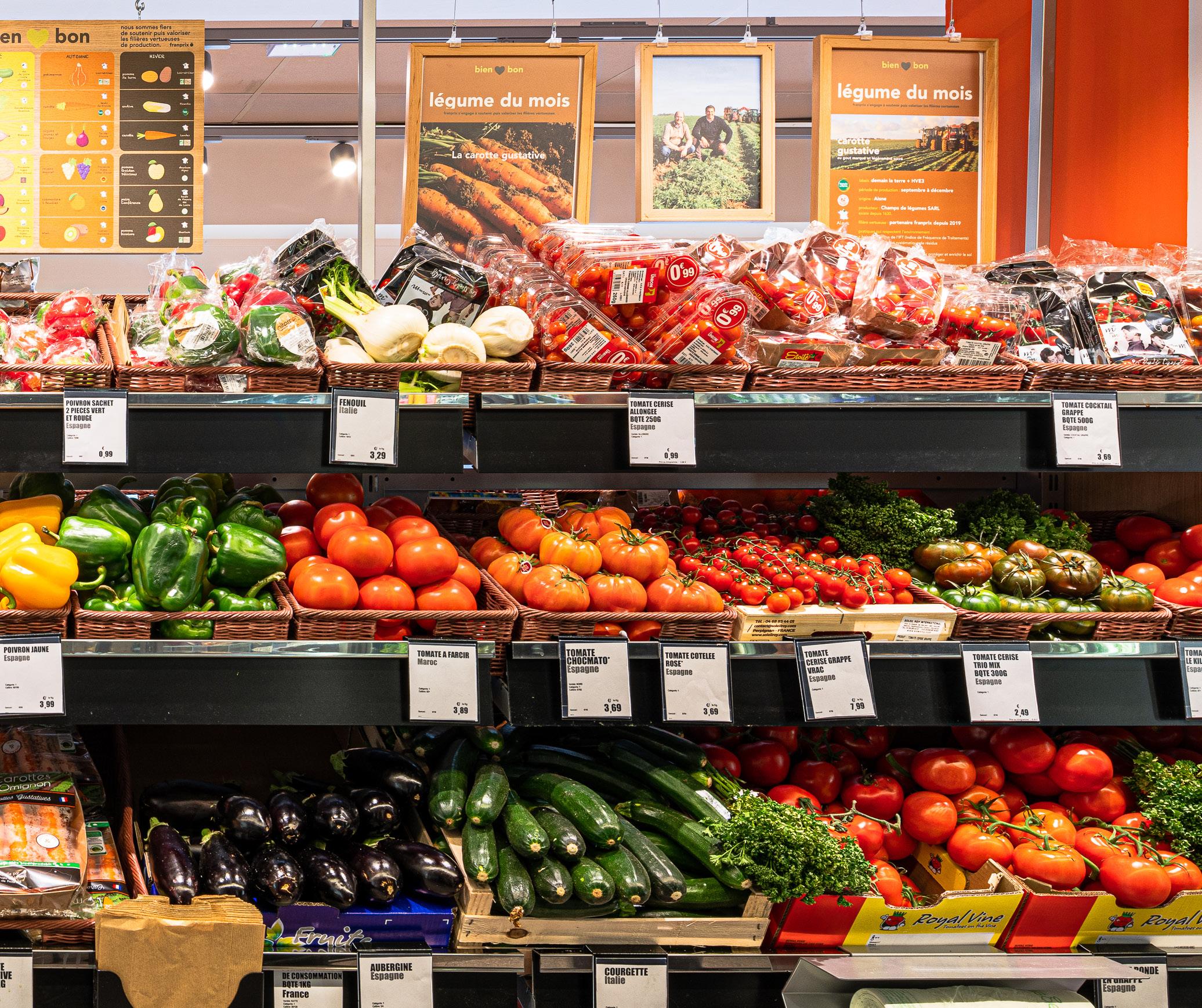
A leading convenience store retailer, Franprix has some 900 store locations throughout France, mainly around the Paris area. While the majority of these locations are franchised, about one third are centrally owned and operated.
Franprix’s replenishment process was decentralised and time-consuming, with store associates placing replenishment orders manually. A lack of optimisation led to unnecessary stock-outs, waste, or over-stock. This decentralised ordering model also led to delivery peaks on their typically high-volume weekends, causing capacity issues in both stores and the distribution center. Store personnel struggled to replenish shelves and deliver customer service at the same time, while excess stock often spilled out of crowded back rooms onto sales floors.
Realising their business could no longer be supported by their existing processes, Franprix sought a supply chain solution that could:
• Automate previously manual store ordering, including for challenging fresh products
• Optimise forecasting and replenishment to increase availability and reduce food waste
• Increase operational efficiency by leveling out the flow of goods into stores so that store personnel could focus on clients and added-value services
Embarking on an ambitious supply chain transformation initiative, Franprix evaluated RELEX through a fresh replenishment pilot in three stores and, after strong results, chose RELEX to provide their 270 centrally managed stores with AIdriven forecasting and replenishment. They were compelled by the ability to optimise forecasting and replenishment for short shelf-life products like fresh bread to increase availability and reduce food waste.
“We were a bit late in automating forecasting and replenishment compared to our main French competitors,” admitted Franprix’s Head of Operational Excellence Arthur Caron. “However, this allowed us
to move straight on to using the latest technology available, which gives us a clear competitive edge.”
Preparing for a technological step-change, Franprix developed a cohesive change management plan that ensured employees developed trust in the new tool and processes. During the roll-out phase, the company assigned up to ten “on-the-ground” employees to travel continuously to Franprix stores and speak with store managers. Mostly former store managers themselves, these change management facilitators were able to understand and speak directly to store personnel’s concerns and wishes—a key part of any change management project that is too often bypassed.
Franprix also assigned more than ten central employees to respond to store personnel during roll-out, checking store-level sales and other data in RELEX to quickly answer staff questions and adjust system parameters as needed. Much of the success of their RELEX implementation can be attributed to the investment they made in bringing store personnel on board. It took time, but it was worth it.
Results at a Glance
• 67% decrease in stockouts
• EUR 1.7M (USD 2.2M) reduction in inventory value
• 30% decrease in product spoilage
• 2 pp margin improvement
Due to their thoughtful change management campaign, Franprix has seen remarkable improvements from the adoption of RELEX. The solution’s AI-driven demand forecasts have improved replenishment accuracy by automatically capturing store-SKU-level sales patterns impacted by weekday variation, seasonality, market trends, and even local weather forecasts.
The ability to leverage machine learning algorithms

to automatically calculate the impact of weather data on demand has proven quite valuable for Franprix, as the impact on products and stores varies depending on a store’s location or customer base. “I noticed on the news that a heat wave was coming and thought to myself ‘shoot, I should have seen this earlier, I need to let my planners know,’” said Caron. “But when I reached out to the team, they told me not to worry. RELEX had already adjusted our forecasts based on the latest weather forecast.”
Forecast accuracy also drove improvements in store replenishment. Though Franprix stores are small, they carry a large inventory of fresh products, including meat and fish, salads and sandwiches, bread, and dairy. Taking store-level demand data into consideration, RELEX automatically optimised Franprix’s fresh and ambient product replenishment, reducing stockouts by 67%, fresh food waste by 30%, and inventory value by €1.7M.
Franprix has also benefitted from RELEX’s proactive “delivery flow smoothing,” which autonomously considers future order projections and pulls orders for long shelf-life products forward to smooth out flow of goods. With a more level, manageable flow of goods into stores, they no longer experience overwork and stress from store personnel having to replenish shelves while also meeting customer needs during footfall peaks. The risk of congesting small stores with big deliveries is much lower, and they’ve also seen improvements in DC capacity management, which was struggling with more than 500 stores placing their largest order of the week every Friday. This smoothing helped reduce DC workload by 20% on Fridays.

RELEX’s AI-driven demand forecasts allowed Franprix to increase product availability and reduce food waste.
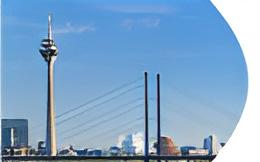



Beyond forecasting and replenishment, Franprix has leveraged RELEX’s powerful analytics for continuous assortment optimisation. The system monitors each SKU’s sales and profitability and automatically provides recommended assortment adjustments for each store on a weekly basis. Franprix is now able to quickly excise poorly performing products and replace them with products that both better meet local demand and maximise store profitability.
“RELEX’s flexible automation makes it simple and straightforward to implement changes in accordance with our company strategy,” said Caron. “I continue to be impressed by the flexibility. The range optimisation that we do with RELEX, for example, would not have been possible with any other tool.” Using that same flexibility, Franprix has been able to analyse and systematically drive down stock for long-tail products as well.
As Franprix looks to the future, that flexibility will serve them well as they continuously adapt their supply chain practices to the dynamic conditions of modern retail. RELEX will help them evolve their business well into the future, but RELEX’s team will also be there every step of the way. “The collaboration with RELEX is a true partnership,” said Caron, “and we’re going to make incredible strides together for years to come. We have many projects in mind!
Franprix is now able to maximise store profitability by leveraging RELEX’s powerful analytics in replacing poorly performing products with products that better meet local demand.
“This means each store doesn’t have to place an order, but software gathers and analyses the data, making a forecast based on the stock, sales and delivery expectations, to avoid any shortages and maximise sales. It is a very efficient way to replenish the stores. The software works with three years’ worth of historical data, so it can notice trends and events at
certain times of the year, specific to each SKU within each store. Relex also provides external data for automatic replenishment purposes, such as customer behaviour based on the weather. It is all about the machine estimating what a human would have done manually.”
When it comes to assortment optimisation, Relex assists in selecting the right products for

each store to meet the local customer demands. Arthur explains, “Relex helps us to select the most efficient assortment for each store. On a weekly basis, the software detects the products that are not efficient enough by analysing the sales, pricing and cost, suggesting which SKUs should not be replenished because they are taking up too much valuable
space. If a product is performing well in a similar store, you have the opportunity to optimise the store assortment by replacing it with this SKU. It is a step-bystep process, leveraging the personalised data for each store.”
For the 750 stores that are not using automatic replenishment, Franprix is working on a new tool to allow them to order products from the warehouses more easily. Arthur elaborates, “In a nutshell, we want to give stores a full B2C customer experience using the website for ordering from the warehouses. It is about creating an enhanced, interactive online experience and customer journey with relevant images, product descriptions and order suggestions based on popular products and the store’s order history. The stores that order every day want something easy to use that taps into their everyday technology use. That is our vision, but it is still very much early days.”
With so many fantastic projects in the pipeline, we look forward to seeing Franprix’s future plans come to fruition.
For further information on Franprix, visit www.franprix.fr
